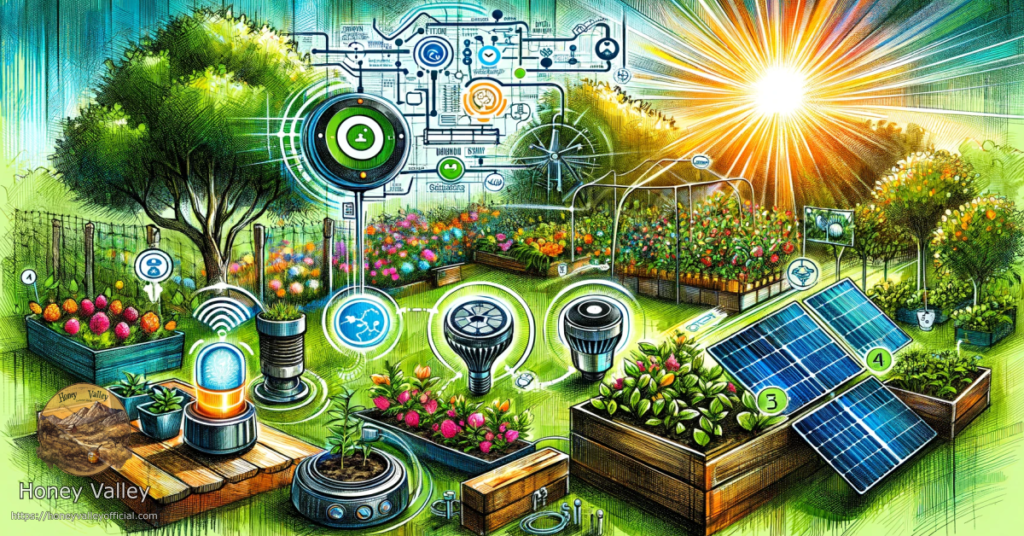Many people enjoy the process of growing plants from seeds. It’s a rewarding and fulfilling experience to witness the transformation from a tiny seed to a flourishing plant. While there are various sources to obtain seeds, such as garden centers or online stores, you may wonder if you can use the seeds from fresh fruits and vegetables to grow new plants. In this article, we will explore this topic and provide you with some insights.
Understanding Seed Viability
Before delving into the question, it’s important to understand the concept of seed viability. Seed viability refers to the ability of a seed to germinate and grow into a healthy plant. Fresh seeds generally have a higher viability compared to older seeds, as they are more likely to have the necessary nutrients and moisture content required for germination.
Factors Affecting Seed Viability
Several factors can affect the viability of seeds, including the type of fruit or vegetable, the maturity of the fruit when harvested, and the storage conditions. Some fruits and vegetables produce seeds that are more viable than others. For example, tomatoes, peppers, and cucumbers tend to have seeds with high viability, while fruits like bananas or pineapples have seeds that are not viable for germination.
The maturity of the fruit when the seeds are harvested also plays a crucial role. Seeds from fully ripe fruits are more likely to be viable compared to those from unripe or overripe fruits. Additionally, the storage conditions of the fruit can impact seed viability. Seeds that have been exposed to extreme temperatures or excessive moisture may lose their viability.
Steps to Grow Plants from Seeds
If you have fresh fruits or vegetables with viable seeds and want to try growing plants from them, here are some steps you can follow:
- Extract the seeds: Carefully remove the seeds from the fruit or vegetable. Rinse off any pulp or residue from the seeds.
- Dry the seeds: Place the seeds on a paper towel or a clean, dry surface. Allow them to air dry for a few days until they are completely dry.
- Prepare the soil: Choose a suitable potting mix or soil for planting the seeds. Ensure that it is well-draining and rich in nutrients.
- Plant the seeds: Create small holes in the soil and place the seeds in them. Cover the seeds lightly with soil, ensuring they are not buried too deep.
- Water and care for the seeds: Water the soil gently, keeping it moist but not overly saturated. Place the pot in a warm and well-lit area, such as a sunny window sill. Provide regular care, including watering and monitoring for any signs of pests or diseases.
- Transplanting: Once the seedlings have grown and developed a strong root system, they can be transplanted into larger pots or directly into the garden.
Final Thoughts
Growing plants from seeds can be an exciting and cost-effective way to expand your garden. While not all seeds from fresh fruits and vegetables are viable, many can indeed be used to grow new plants. Remember to consider factors such as seed viability, fruit maturity, and storage conditions when deciding which seeds to use. With proper care and attention, you can enjoy the satisfaction of watching your plants thrive and flourish.


